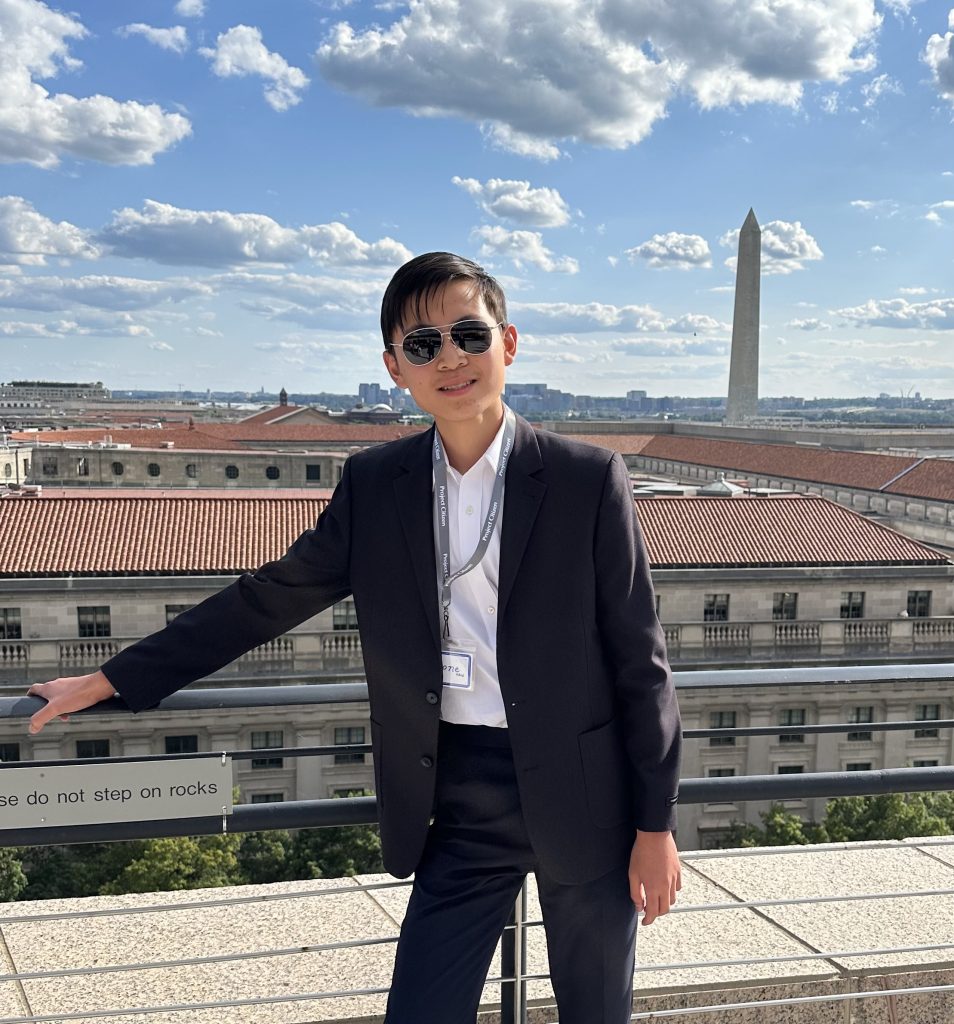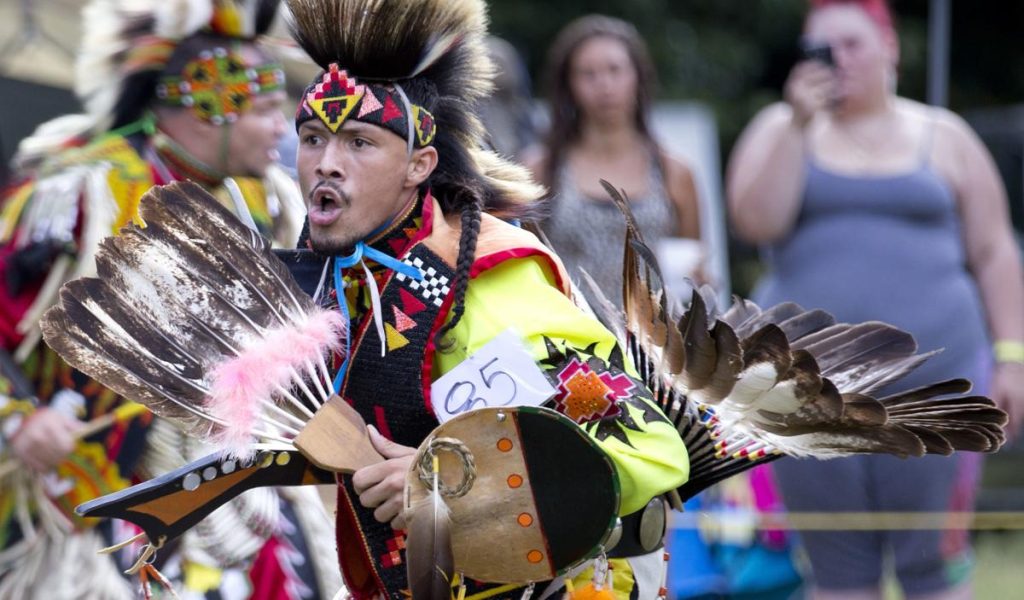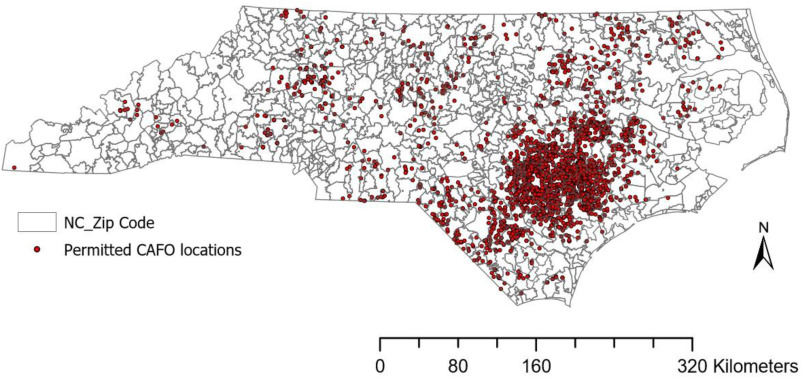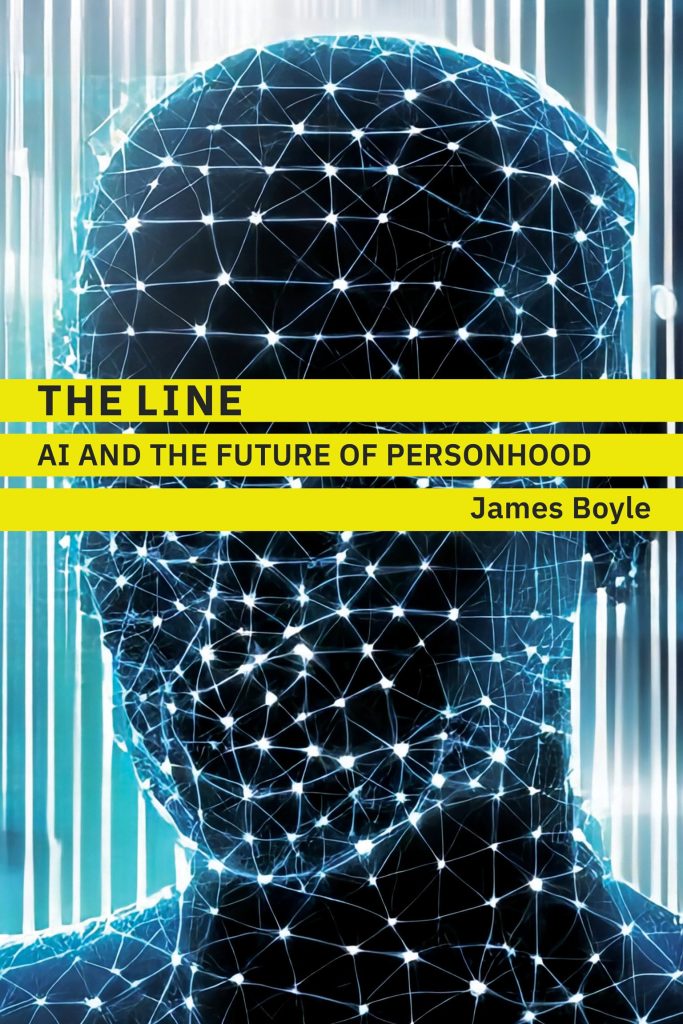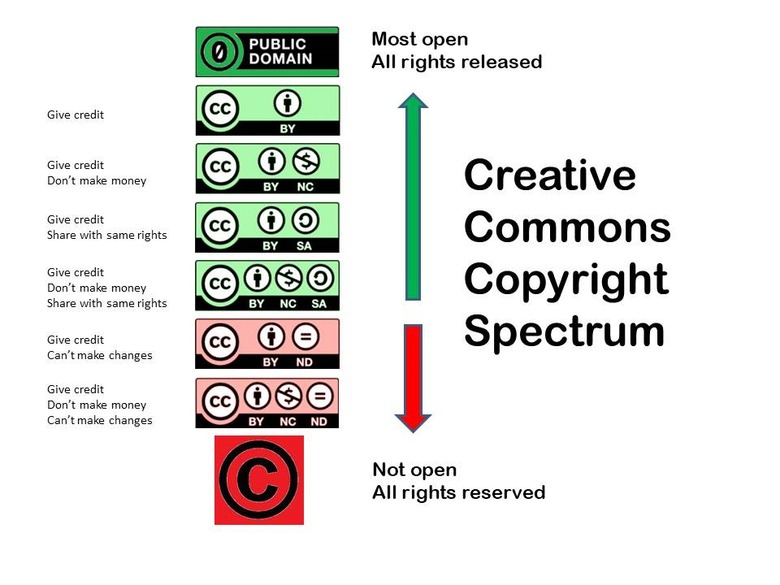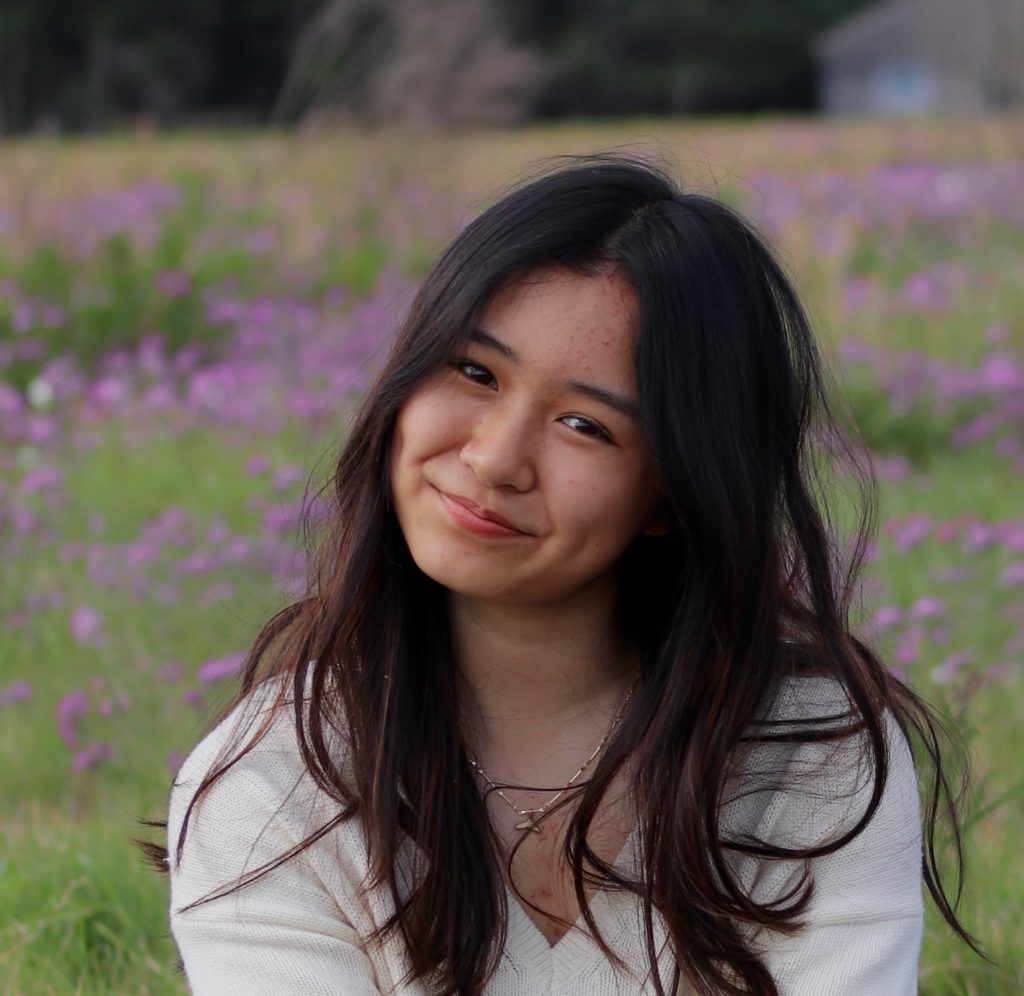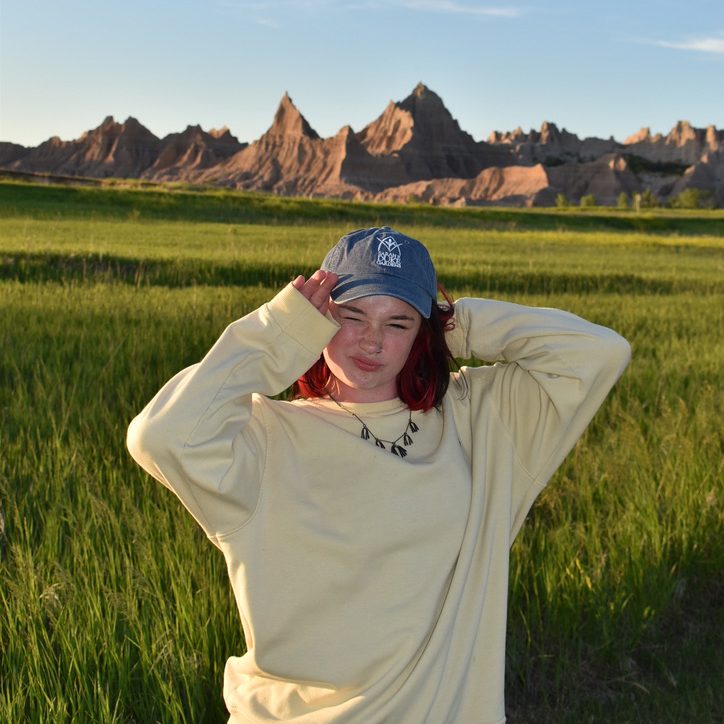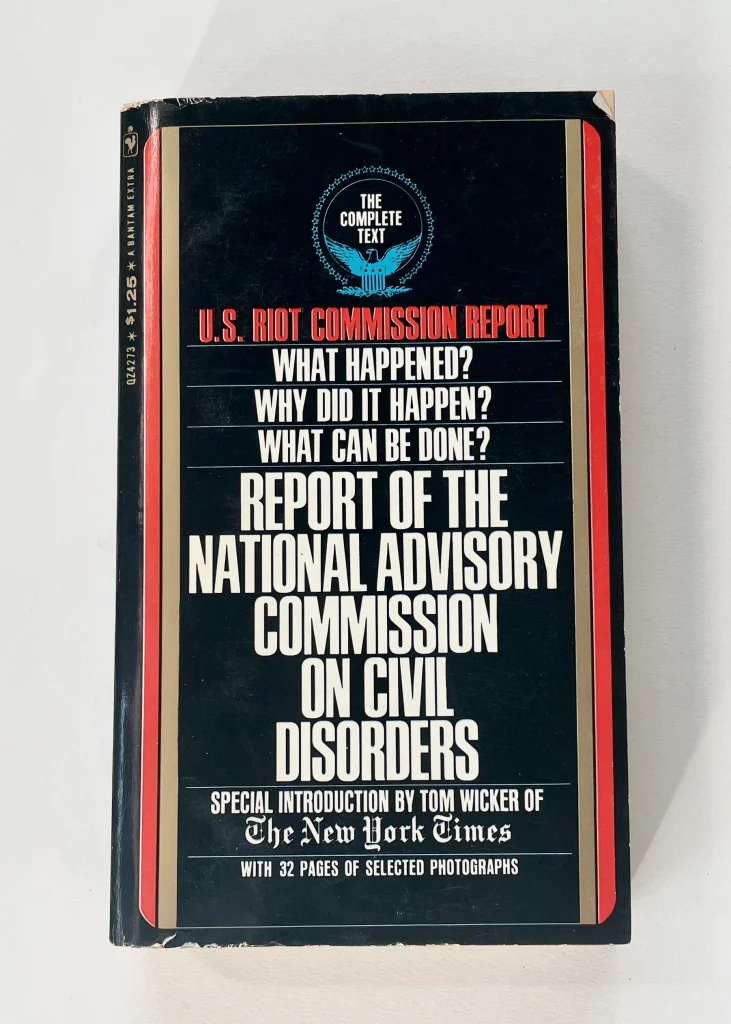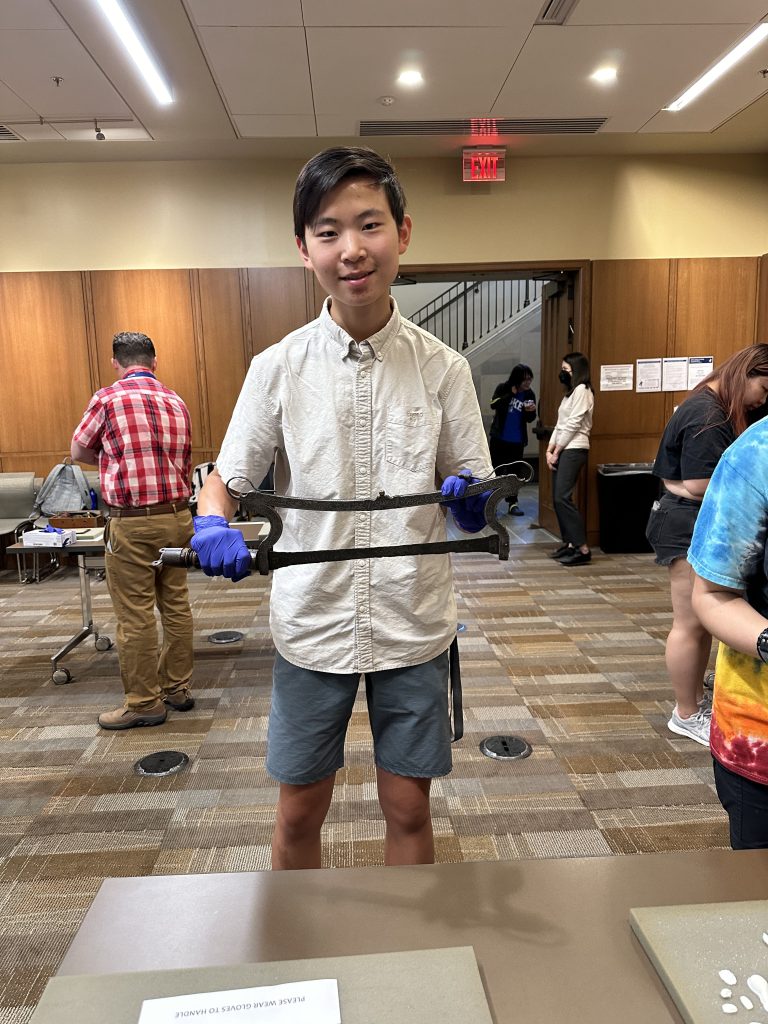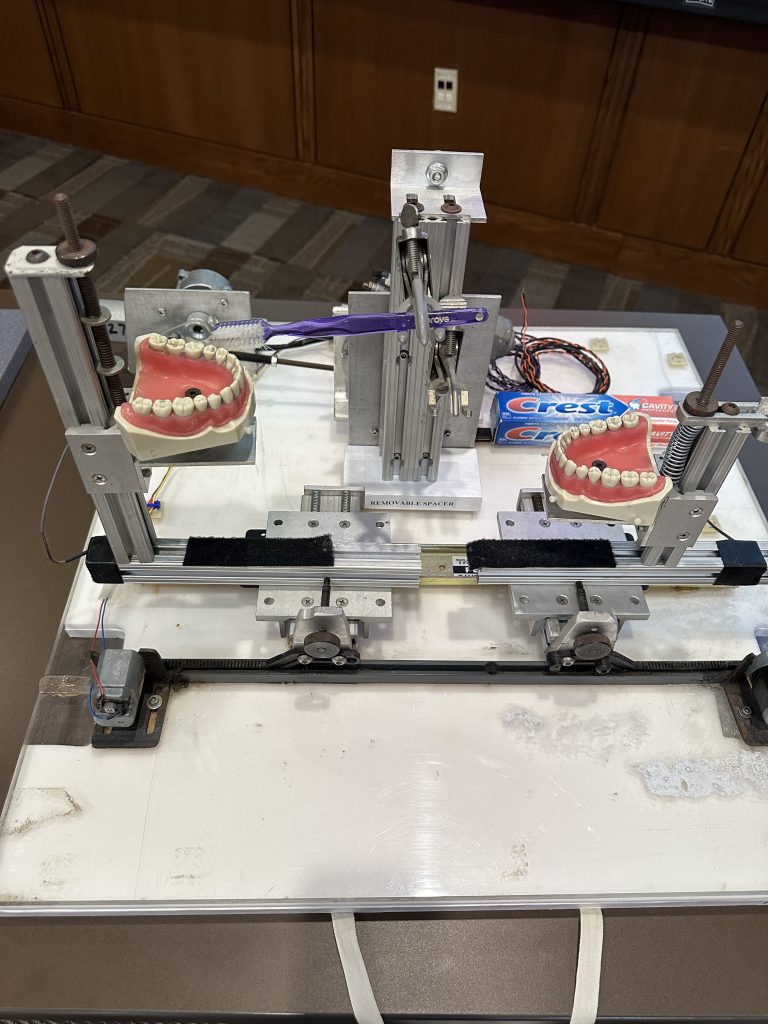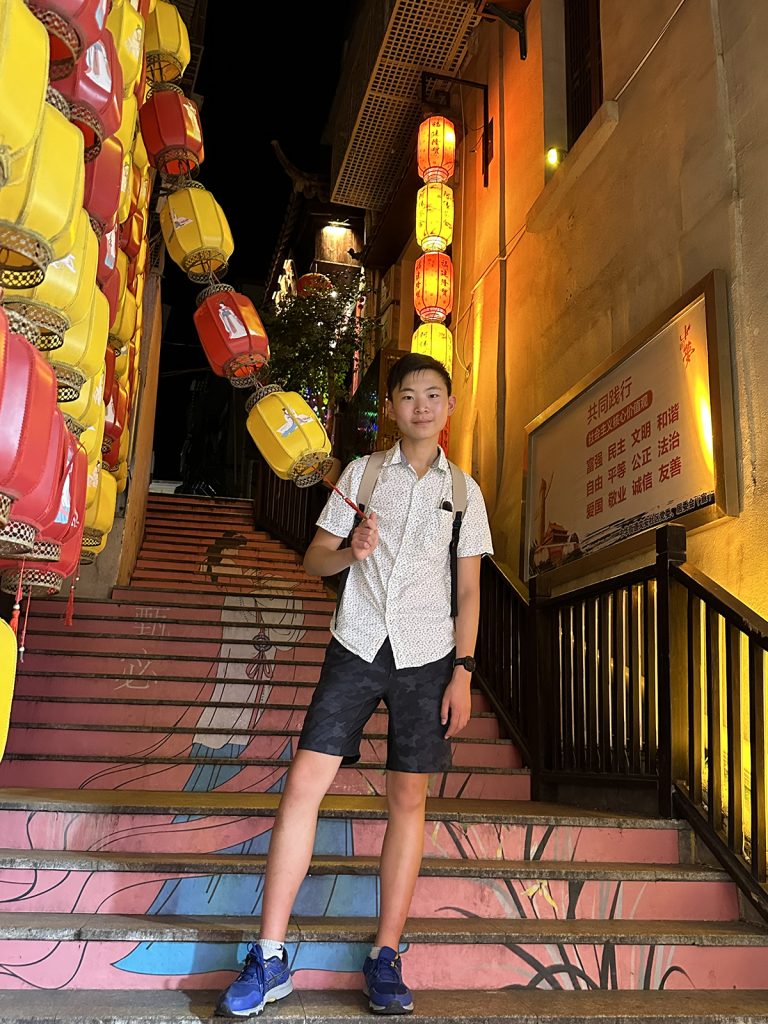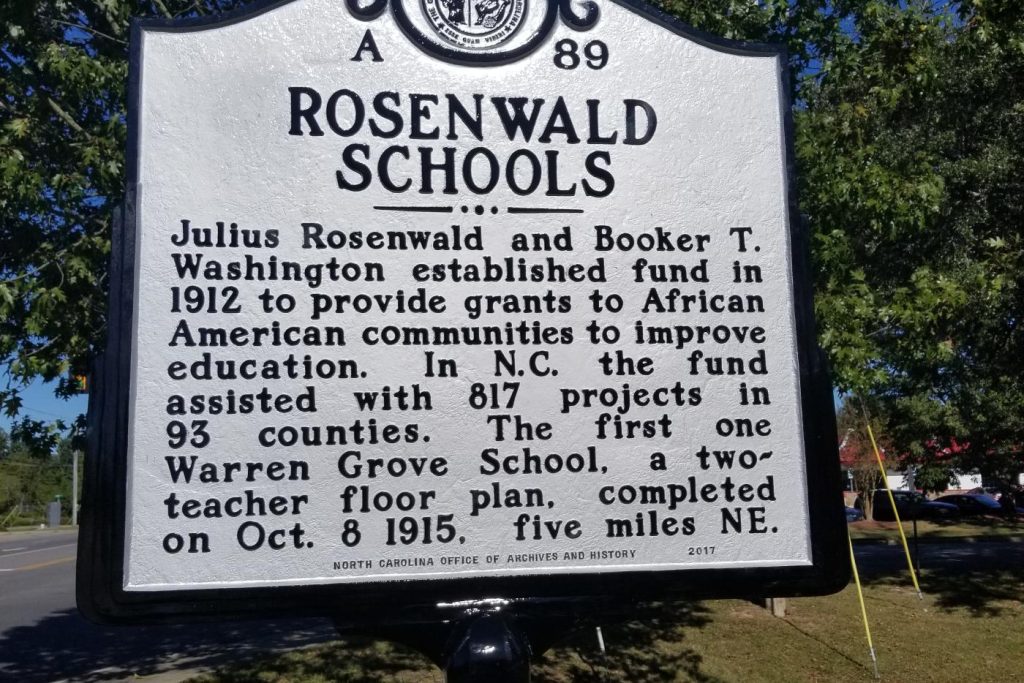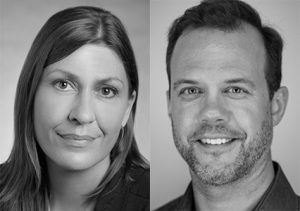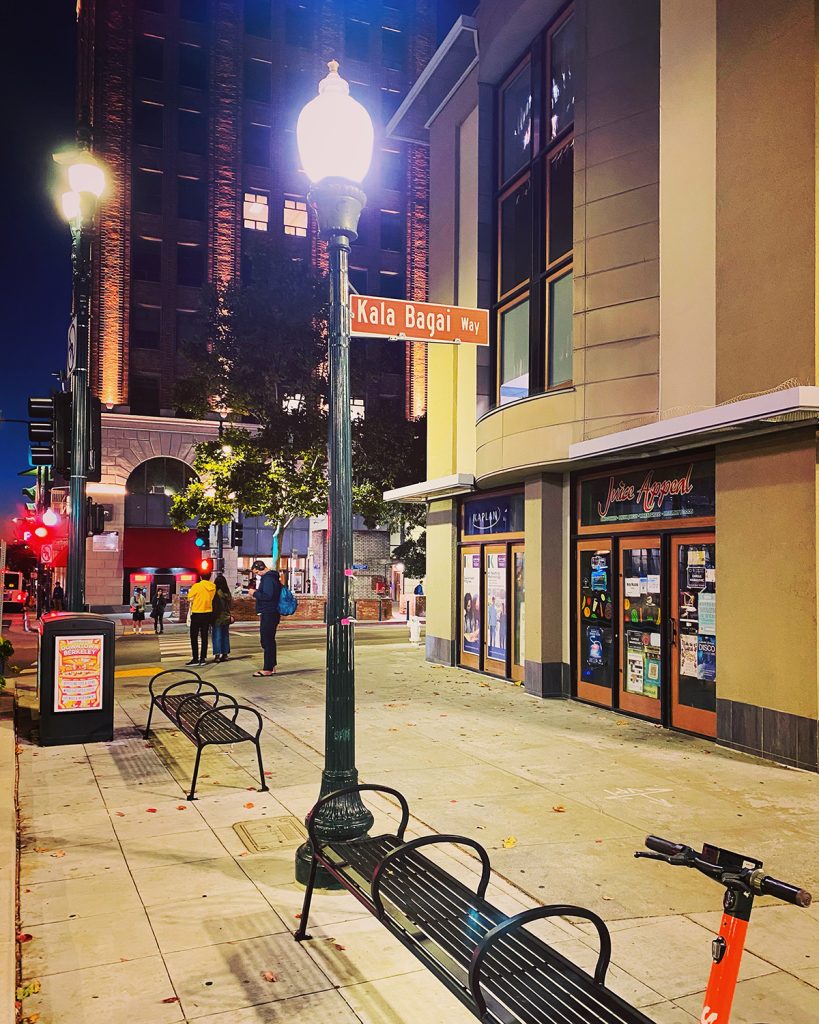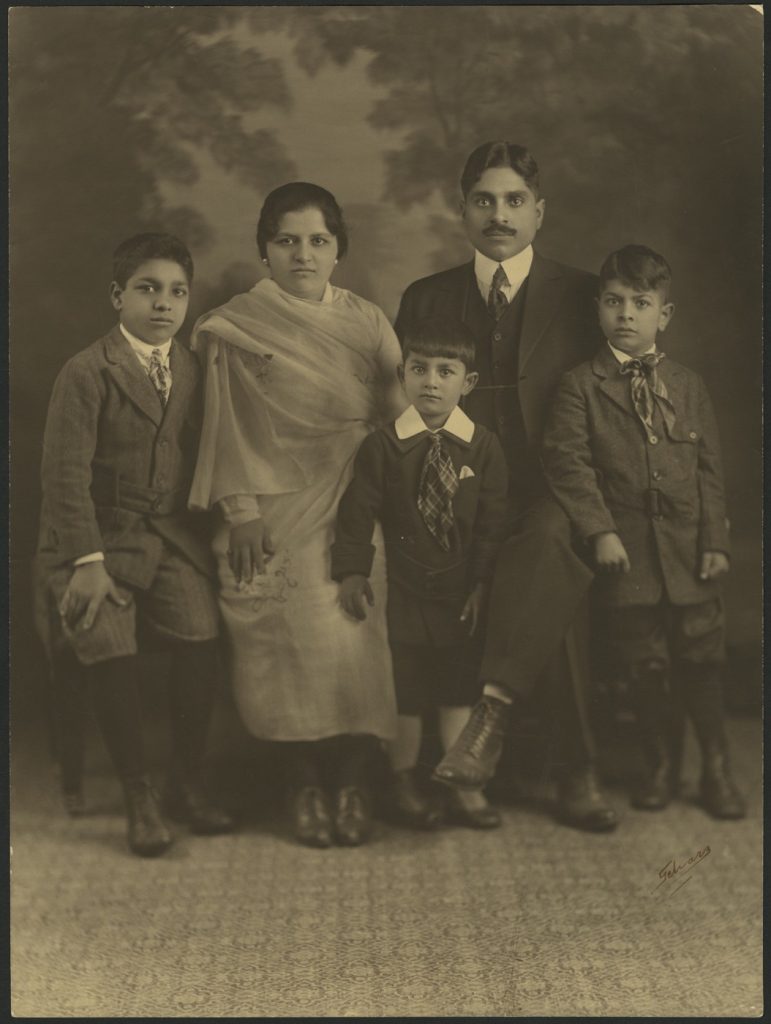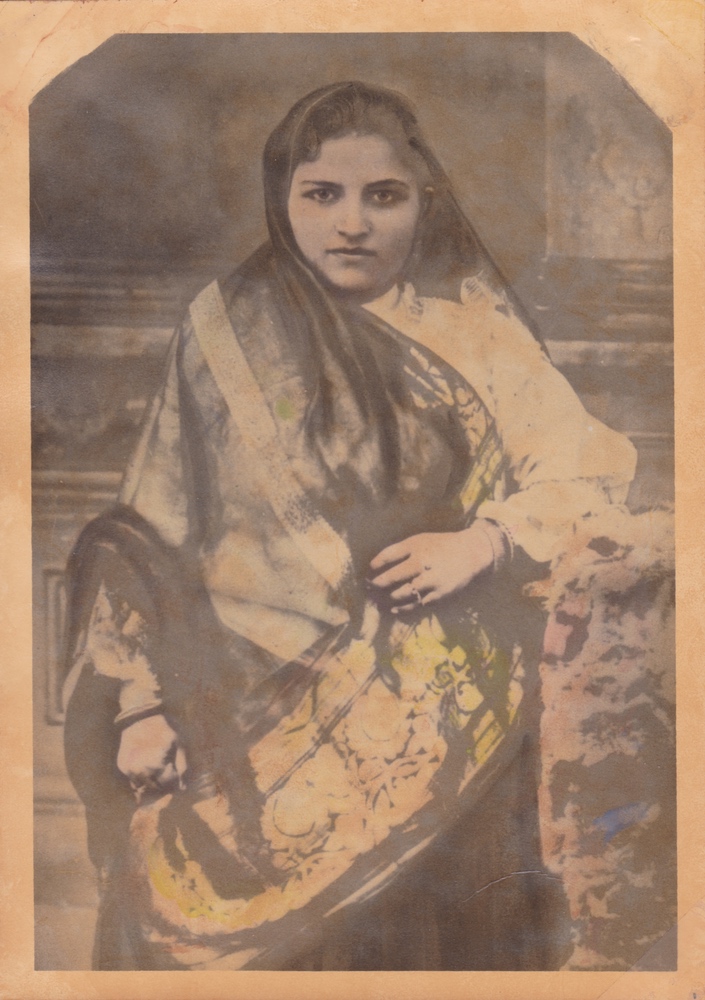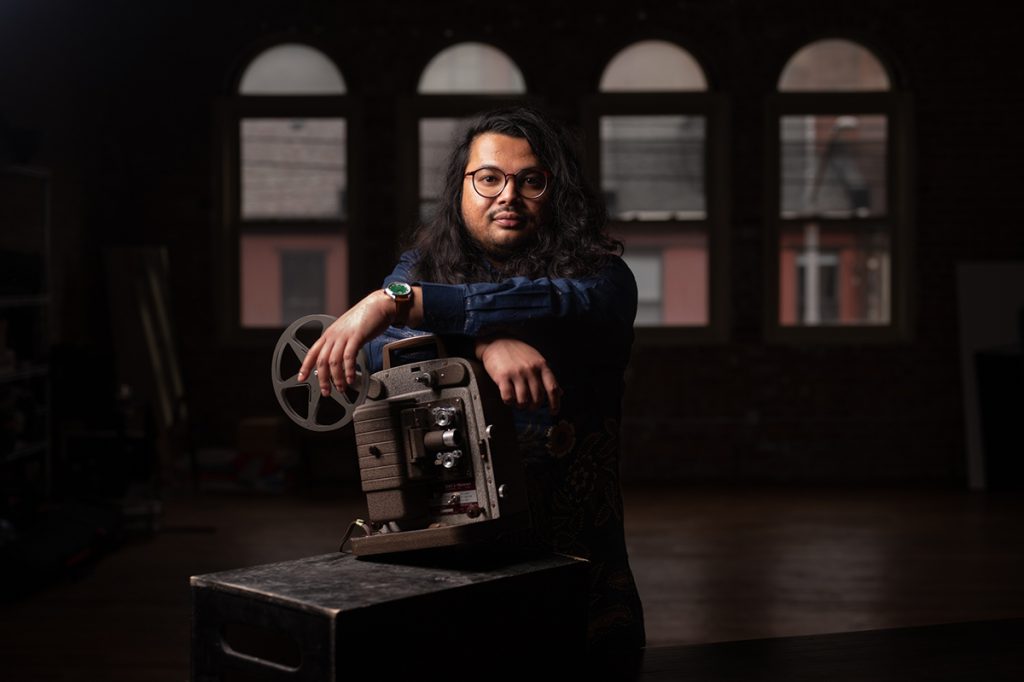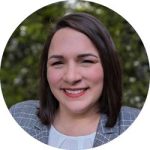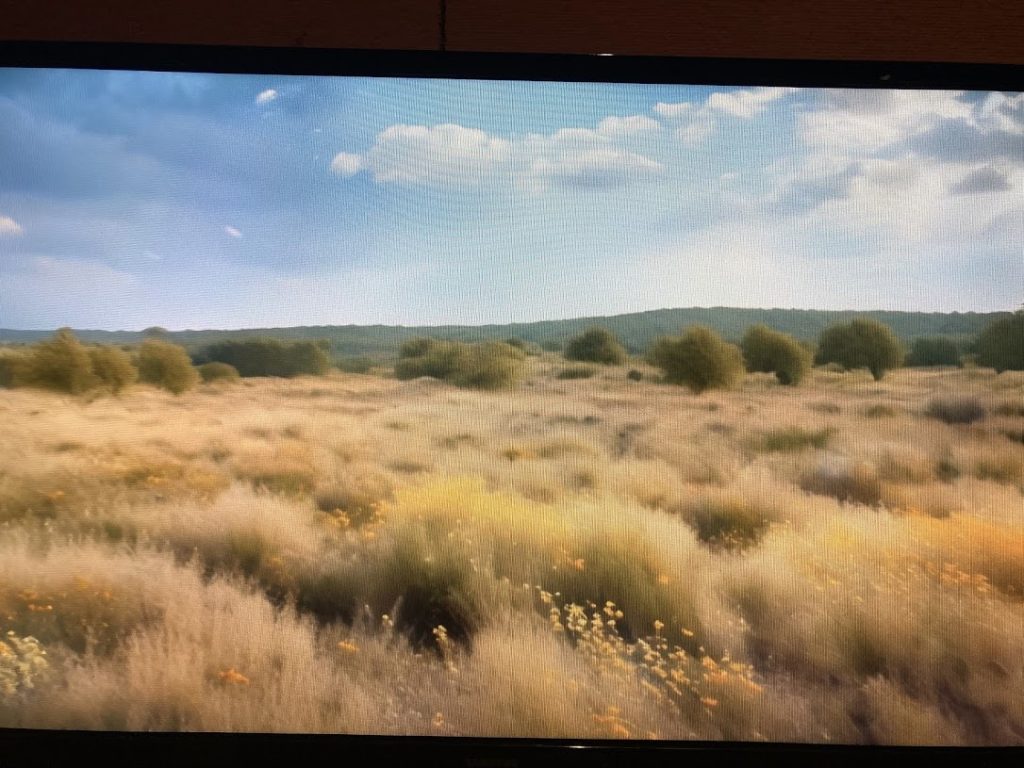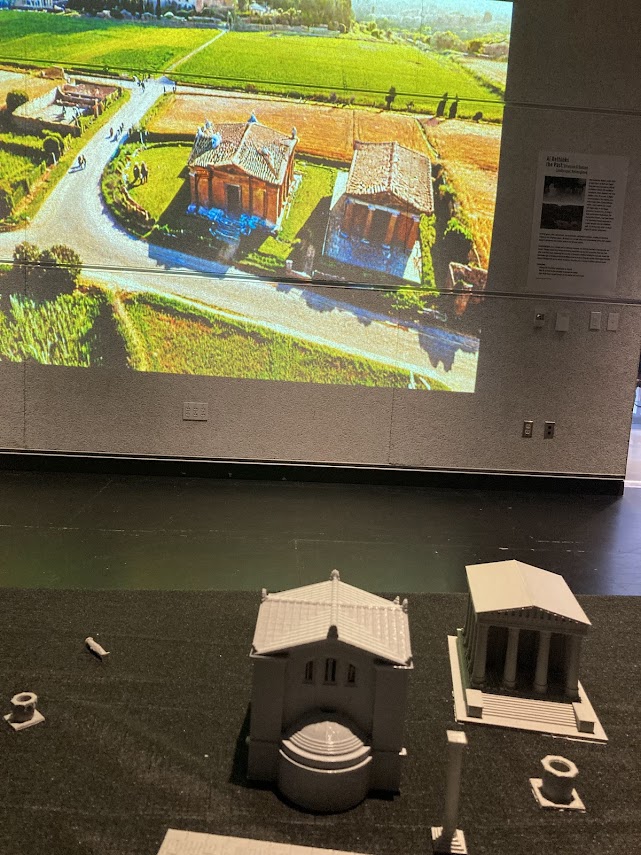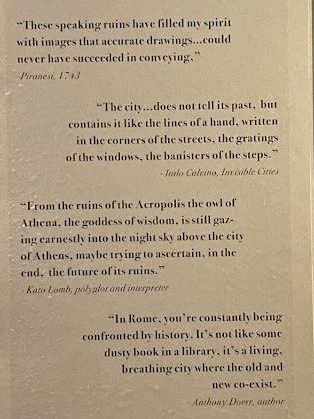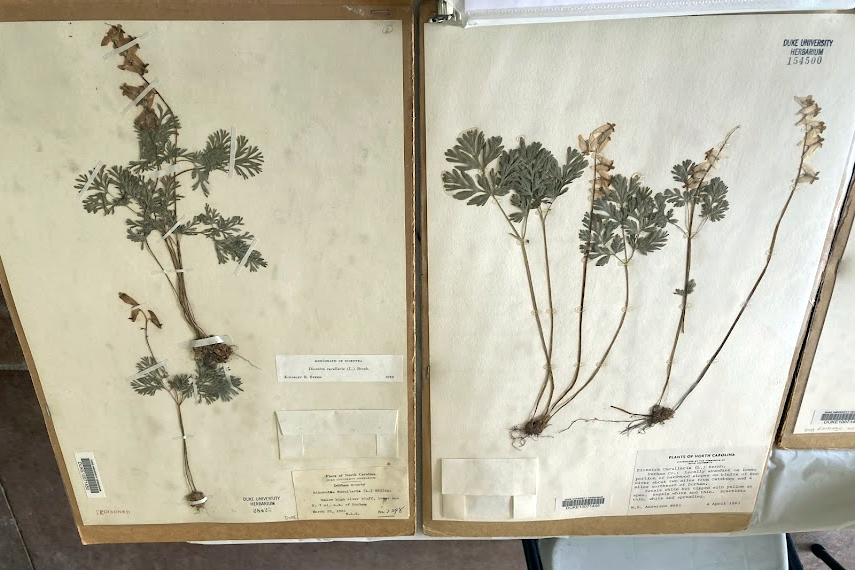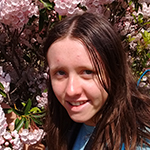Global wars. Ever-advancing artificial intelligence. Uncertain economic and job market prospects. Climate change. Amidst a world filled with change posing deep questions, could humanities provide counsel to our pressing issues and lead us towards more fulfilling, enriching daily experiences?
Last week, I had the privilege to speak with Divinity School and history professor Polly Ha, director of the Transformative Ideas program and co-lecturer of “The Good Life,” an acclaimed course exploring the intersection of religion, philosophy, and other ethical issues. “The Good Life” encouraged Duke students, hailing from all disciplines and backgrounds, to slow down and incorporate more reflection and intention into their everyday lives.

Why is “slowing down” a key principle of “the Good Life”? As Ha pointed out, “it’s more stressful to try to slow down, to rest and reflect, than to take an exam for some students.” This powerful statement prompted me to reflect on my own experiences at Duke. Is it true that, amidst the hurries of daily academics and extracurriculars, merely pausing and thinking has become a difficult task? Perhaps so. If this is true for first-year students like me, how much more severe is this syndrome for upperclassmen undergraduate and graduate students?
Ha approaches this topic fully empathizing with the busy lifestyle so many of us lead. “As the daughter of immigrant parents, the pace of my life has always been highly accelerated. The challenge of trying to slow down is something I can definitely relate to,” she commented. Ha identified this as a key reason why she required her Fall 2024 cohort to write down their reflections in physical journals so they could more clearly see their own growth throughout the semester.
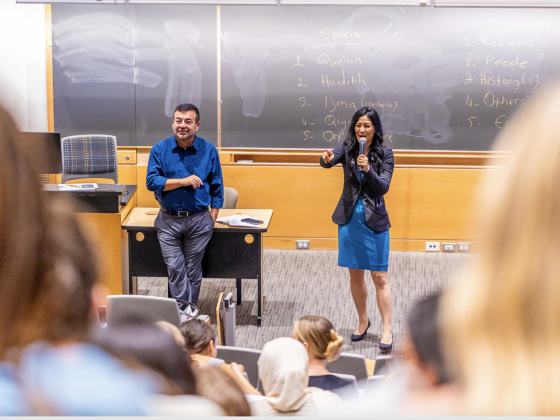
The course professors also prepared students to engage in active civic discourse, a key pillar of the Transformative Ideas program. “Many students expressed that during our course, they felt understood and affirmed by their peers, sometimes for the first time,” Ha remarked. While she acknowledges that the class is not comprehensive in covering all thought-provoking, debatable issues of our day, Ha believes that her class prepares students to tackle all types of topics beyond the scope of the class. This is evident in the course’s continual evolvement to respond to our rapidly changing world: this year, she introduced lectures on transhumanism alongside ancient traditions.
This appealing curriculum is far from the only major project Ha is undertaking. As an active author, scholar, lecturer, and administrator, she currently devotes much time to writing her newest book, “The Future of Freedom,” and researching history and its lessons on freedom and liberty. She is also involved in a multitude of interdisciplinary projects at Duke and beyond linking history and theology to fields as diverse as bioethics and public policy.
Ha was gracious enough to provide me with a sneak peak of “The Future of Freedom.” In her words, this book is tailored not just to fellow academics but a broader audience, a read suitable for novices like me. Reading the first chapter, I was already transported into a world where grappling with heated topics is appreciated and celebrated. I especially enjoyed Ha’s continued use of rhetorical questions as she elucidated the modern threats against every liberty we cherish. Quotes like “Can we take freedom of conscience, thought, speech, consent, and action for granted?” challenged my perspective on my relationship to the ongoing battles surrounding surveillance capitalism and privacy protection—and whether I, an involved engineering student with aspirations in healthcare, have a role to play in this predicament. Given the captivating read, I am confident that Ha’s inquiry into 1600s England will enlighten many readers and portray the significance of history in our daily endeavors.
As we chatted about history’s place within a larger interdisciplinary web of research active on Duke’s campus, Ha provided two incredible insights that could not be neglected in this blog. Firstly, she described history as “a spine that connects to many ideas,” contrary to the popular notion that it is solely a window into the past. If history is by nature interdisciplinary, why are renowned historical works still solely focused on primary sources, dates, and battlefield events? According to Ha, Duke’s interdisciplinary research scene is especially strong. “For me, as someone coming from some specialized cultures that did not have the same interdisciplinary superhighways, this has been something I deeply value,” she remarked.
From teaching “The Good Life” to researching freedom’s past, present, and future, Ha has contributed much to our scholarly community. By bringing the humanities into conversation with twenty-first century challenges, and offering the immersive opportunities provided by Transformative Ideas, her work promises to sow the seeds in students that will sprout into exemplary lives.
